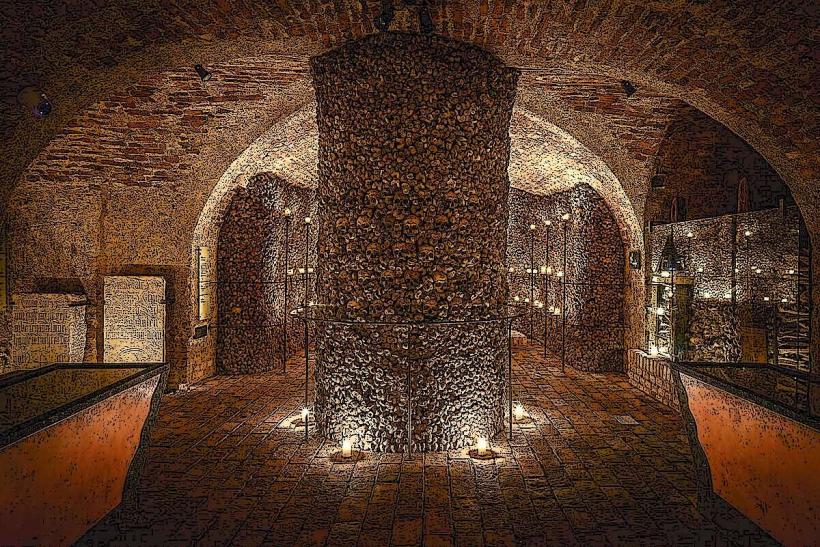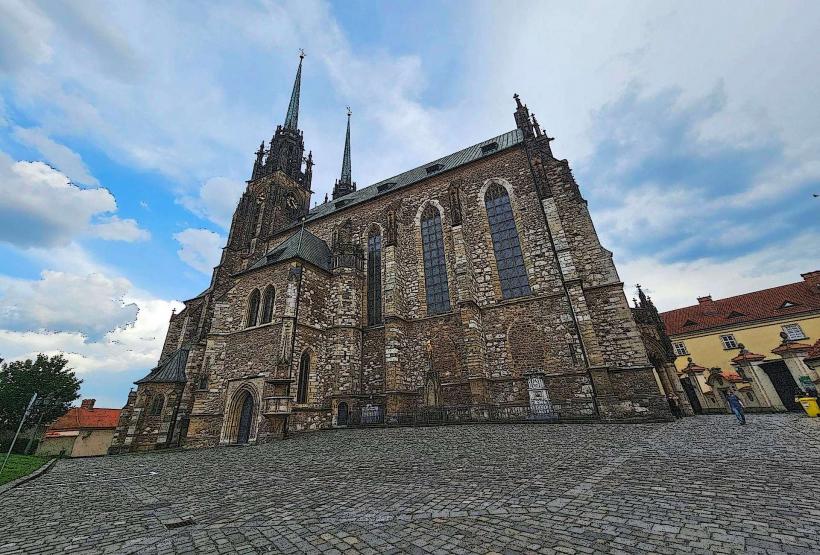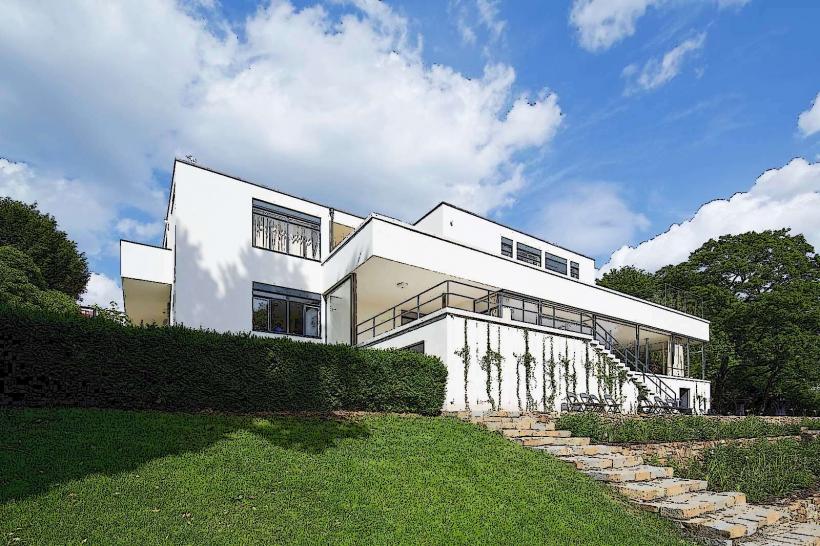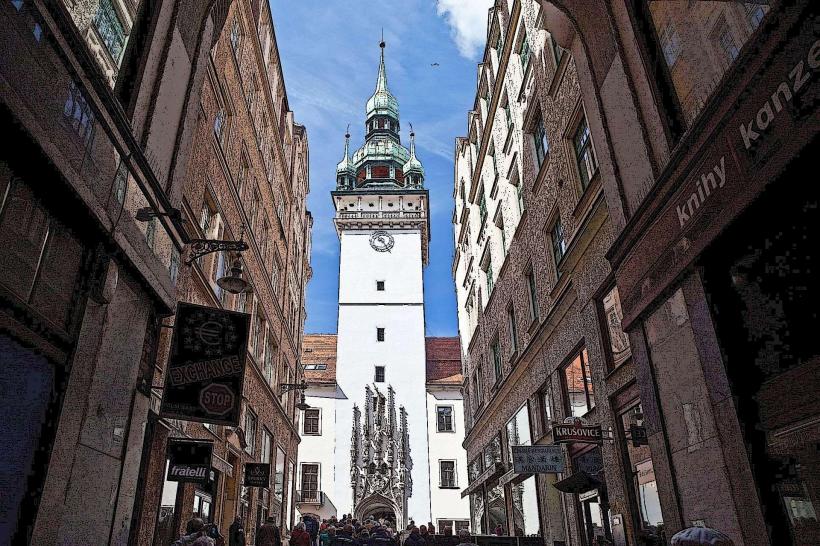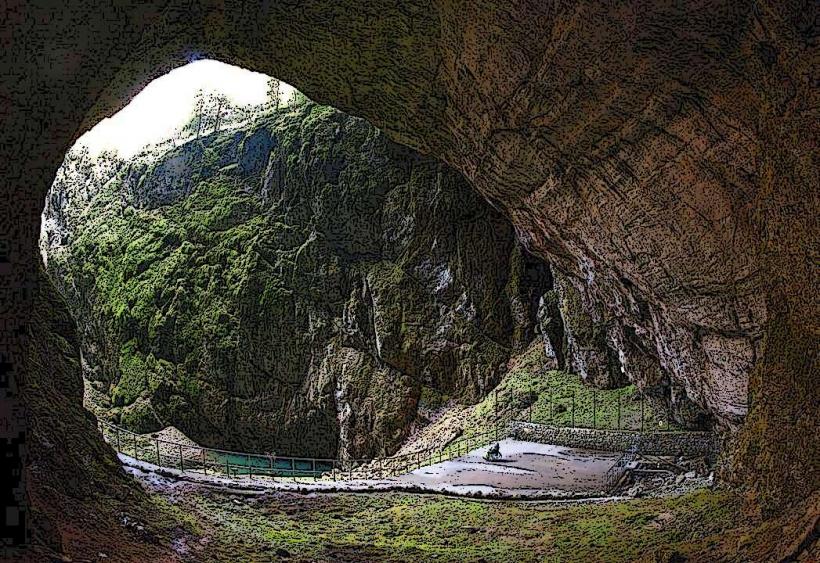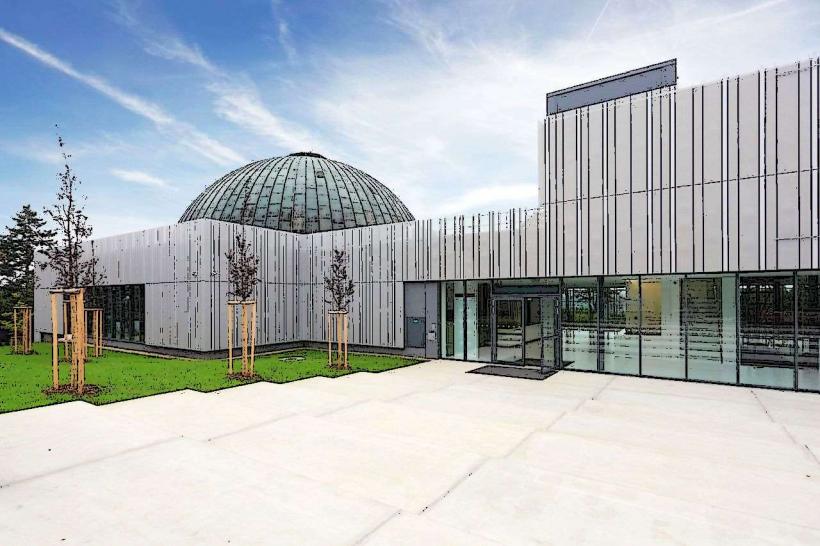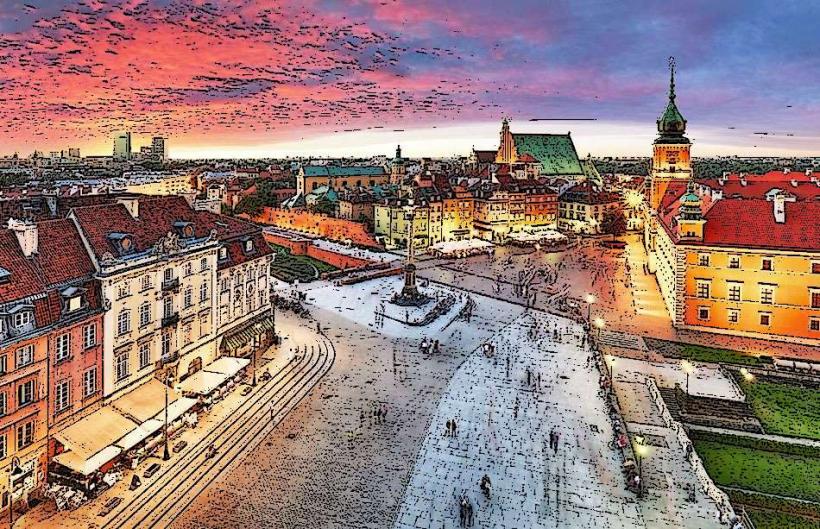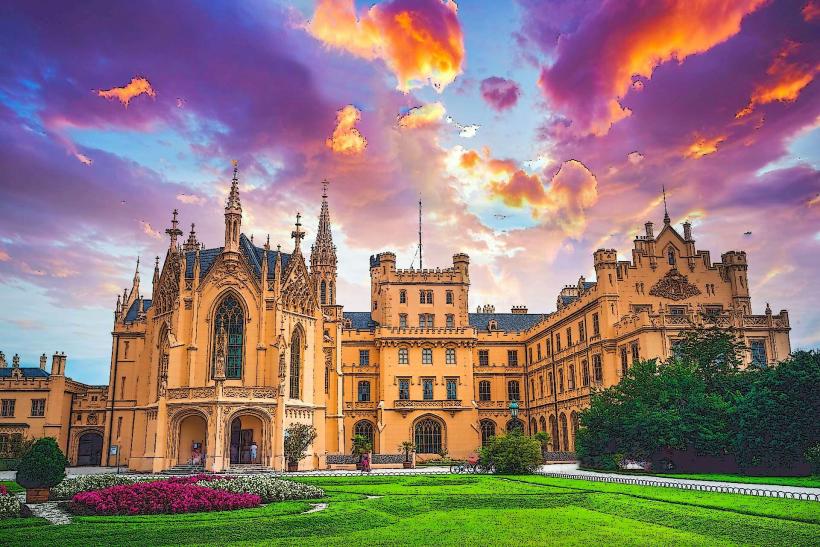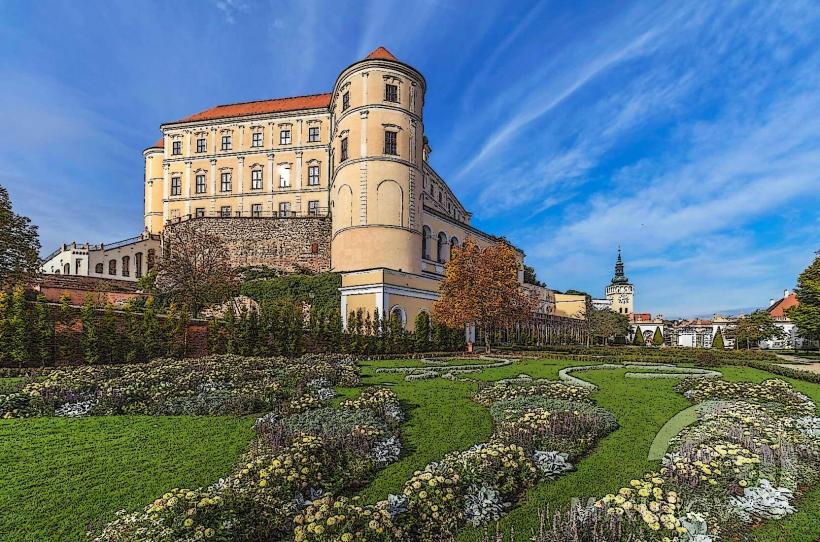Information
Landmark: Špilberk CastleCity: Brno
Country: Czech Republic
Continent: Europe
Špilberk Castle – Detailed Overview
Špilberk Castle (Czech: Hrad Špilberk) is one of Brno’s most iconic landmarks, a historic fortress with a rich history and stunning views over the city. Located on Špilberk Hill, the castle has witnessed centuries of political intrigue, military history, and architectural evolution. Today, it serves as a popular tourist destination and a symbol of Brno's history.
Location and Accessibility
- Address: Špilberk 210/1, 662 24 Brno, Czech Republic
- Situated: The castle is perched on Špilberk Hill, which rises 200 meters above the city, providing panoramic views of Brno and the surrounding area.
- Access:
- On Foot: The castle is easily accessible by a 15-20 minute walk from the city center.
- Trams: Trams from the city center can take you near the base of the hill, with some walking to reach the top.
- Car: There is a parking lot at the castle for visitors arriving by car.
History of Špilberk Castle
The castle has a long and varied history, starting as a medieval fortress and later becoming a symbol of power and imprisonment.
Medieval Origins (13th Century)
Founding: Špilberk Castle was originally founded in 1260 by King Přemysl Otakar II as a royal fortress. It was designed to defend the city of Brno from potential attacks. The castle's location on a hill was strategic, providing both a strong defensive position and a commanding view of the surrounding area.
Early Use: In its early years, Špilberk Castle was primarily used as a military stronghold, serving as a base for the royal family and the Czech kingdom’s troops. During this period, the castle underwent a series of modifications and expansions.
The Habsburg Era (17th – 18th Century)
Imperial Prison: One of the most notable periods in the castle's history came in the 17th century when it was transformed into a prison. During the Habsburg monarchy, Špilberk Castle was used to house political prisoners, including rebels, dissidents, and foreign enemies. It became infamous for its role as a state prison, especially during the reign of Empress Maria Theresa in the 18th century.
Fortification Changes: In the 18th century, the castle underwent significant fortifications. Under the rule of the Habsburgs, military engineers redesigned Špilberk into one of the most powerful and well-fortified military complexes in Europe. The construction of a baroque-style fortification was carried out to make the castle nearly impregnable. This included massive defensive walls, moats, and bastions.
"Mother of All Prisons": Špilberk Castle earned the nickname “Mother of All Prisons” due to its notorious reputation. It housed numerous political prisoners, and its dark dungeons were feared by many. One of the most infamous prisoners was Bartholomew of Ditrichstein, who was imprisoned in the early 18th century for his rebellious activities.
19th Century and Later
Decline of the Prison: By the 19th century, the castle’s use as a prison began to decline. The Austrian Empire reformed its prison system, and the facility at Špilberk was no longer the central prison it had once been.
Public Use: In the mid-19th century, the castle was partially converted into a military barracks. The site continued to play a role in military operations and state affairs.
20th Century: Following the collapse of the Austro-Hungarian Empire after World War I, Špilberk Castle’s military function waned. It was repurposed and eventually opened to the public. During the Czechoslovak era, the castle underwent restoration work and was turned into a museum showcasing the history of the castle and the region.
Modern Day
Today, Špilberk Castle is primarily a museum and an attraction dedicated to Brno's history, military history, and the architecture of the castle itself. It also hosts various cultural events, exhibitions, and festivals throughout the year.
Key Features and Attractions
1. The Castle's Architecture
Špilberk Castle is known for its impressive architectural features, which blend medieval, baroque, and military elements:
Fortifications: The most striking feature of the castle is its extensive fortifications, including thick defensive walls, bastions, and barracks. These were built during the 17th and 18th centuries and were designed to protect the castle from foreign invaders.
The Baroque Style: The Baroque-era fortifications and design elements are visible throughout the castle, with massive walls and aesthetic enhancements added to create a monumental military complex.
The Castle Courtyard: The central courtyard of the castle is a space where visitors can view various historical displays, artifacts, and archaeological findings related to the castle’s history.
2. Museum of Brno
Exhibitions: Špilberk Castle houses a museum that showcases Brno's history. The museum offers a wide range of exhibitions covering topics such as:
- Medieval history of Brno and the castle.
- Military history and the castle’s role as a fortress and prison.
- Cultural heritage of Brno, including art, architecture, and crafts.
Prison Exhibitions: The castle’s role as a prison is a key feature of the museum, with historical exhibits focused on the prisoners held there, including Habsburg political dissidents, and other notable figures. Some of the dark cells and dungeons from the prison era have been preserved to give visitors an insight into the harsh conditions of imprisonment.
3. Stunning Views
The castle's position on Špilberk Hill provides visitors with panoramic views of the entire city of Brno and the surrounding countryside. The views from the castle's upper levels are particularly popular, offering a unique perspective of the city and the cathedrals, parks, and rivers that dot the landscape.
4. The Castle’s Surroundings
- Castle Gardens: The grounds surrounding the castle are beautifully maintained, with formal gardens and green spaces where visitors can enjoy a peaceful stroll. The castle’s elevated location offers a stunning setting, especially in the spring and summer months when the gardens are in full bloom.
5. Cultural Events and Festivals
Špilberk Castle regularly hosts a range of cultural events, including:
- Music festivals, theater performances, and historical reenactments.
- Seasonal events like medieval festivals, Christmas markets, and summer open-air concerts.
Visitor Experience
Guided Tours: Visitors can take guided tours of the castle to learn about its history, architecture, and the lives of the prisoners who were once held there. The tours often focus on historical storytelling and provide a deeper understanding of the significance of Špilberk.
Family-Friendly: The museum and grounds are suitable for families, with educational activities and displays that appeal to children and adults alike.
Accessibility: The castle is accessible to visitors with mobility issues, although due to its position on a hill, some parts of the site may involve climbing or walking up stairs.
Conclusion
Špilberk Castle is a must-visit historical site in Brno, offering a fascinating journey through Czech history, military architecture, and prison life. With its combination of imposing fortifications, beautiful gardens, and insightful museum exhibits, it remains one of the most significant cultural landmarks in the region. Whether you're interested in medieval history, military heritage, or simply enjoying the stunning views over Brno, Špilberk Castle offers a memorable and enriching experience for all visitors.

